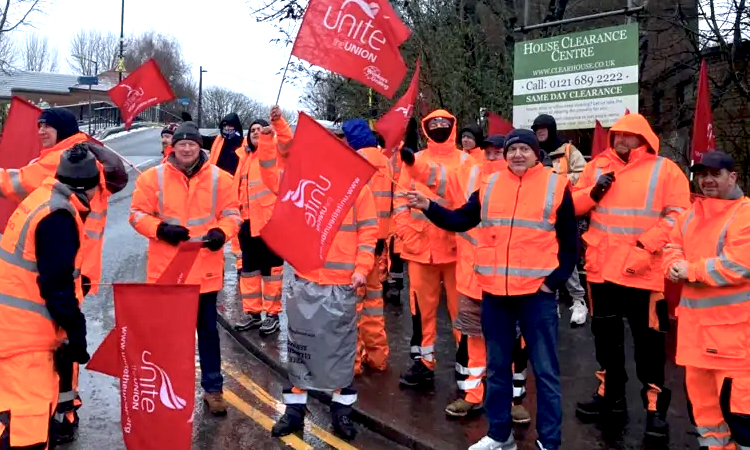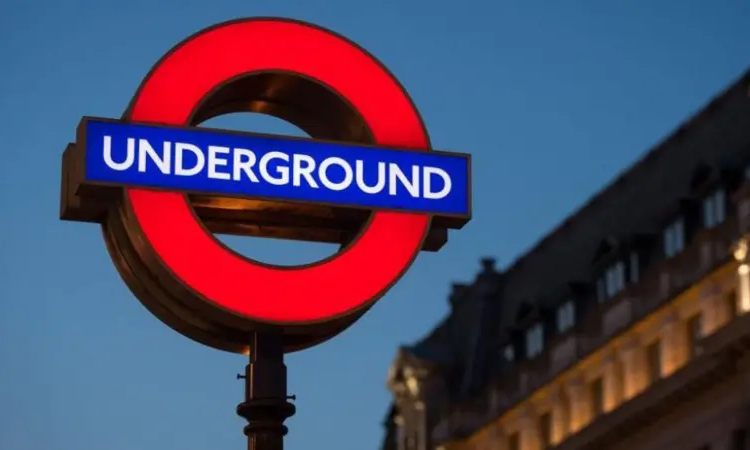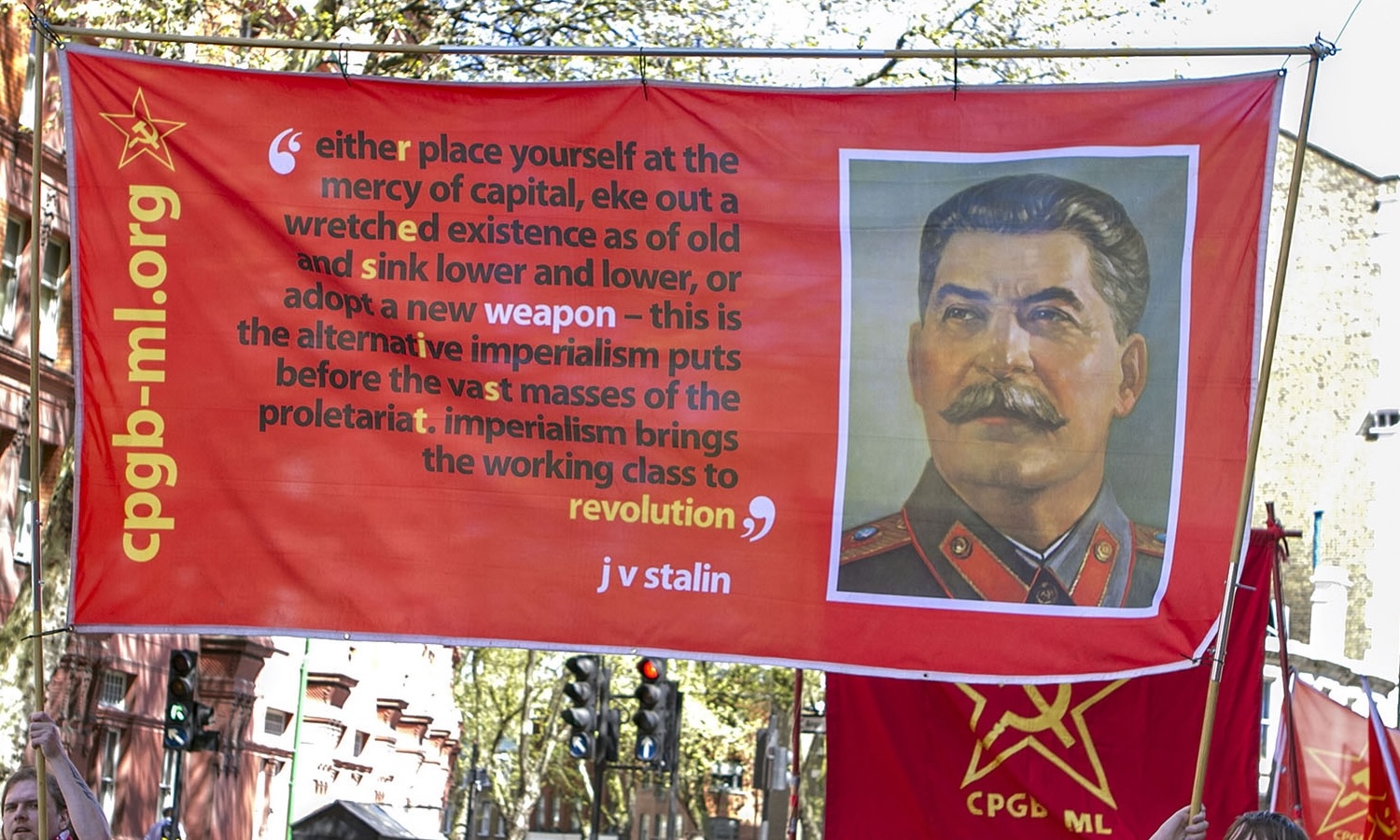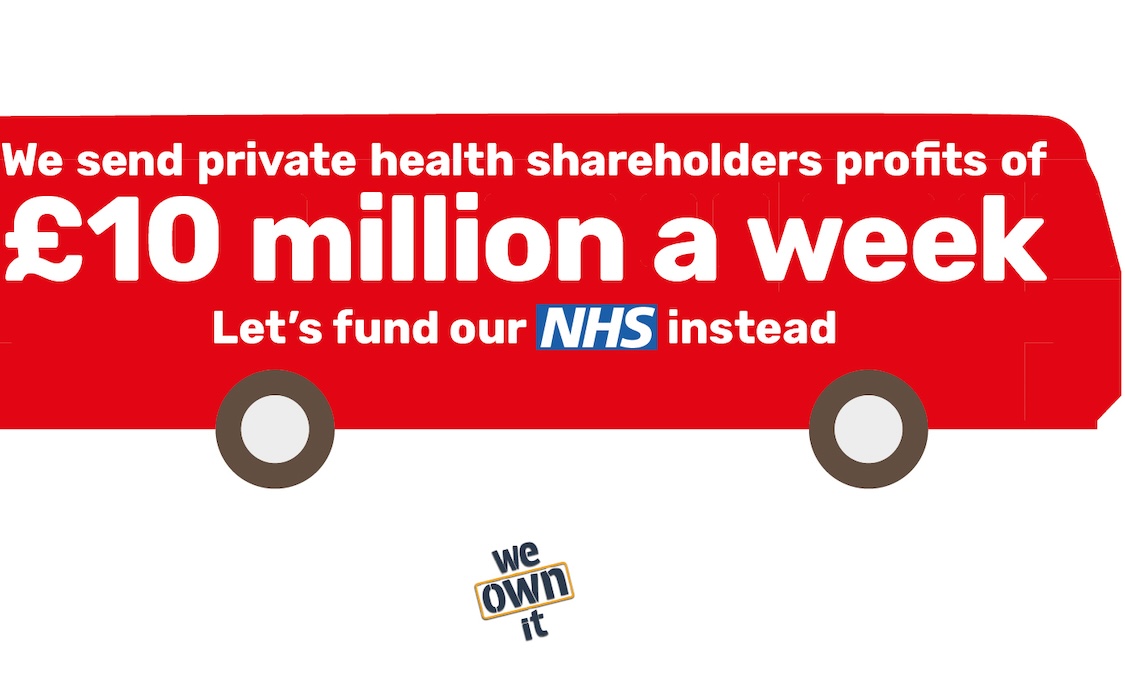This article is reproduced from the Class Consciousness Project, with thanks.
*****
The news on Thursday 16 March that the government and NHS trade unions had reached a ‘major breakthrough’ in their long-standing pay dispute by negotiating and recommending a pay deal which in no way constitutes a real-terms pay rise will surprise nobody who works in the NHS – or, indeed, anyone with any knowledge or experience of trade unionism in this country.
The offer, which consists of a one-off payment of 2 percent, a ‘Covid recovery bonus’ of 4 percent for the current financial year (2022-23), a 3 percent pay rise for the 2023-24 financial year, and then a 1 percent pay rise in years 2024-25 and 2025-26, means that NHS workers will receive a pay ‘rise’ that has already been outstripped by rampant inflation not seen in this country since 1990.
Although Unite the Union has said that it is not good enough and has paused strike action whilst its members are consulted, Unison and the Royal College of Nursing (RCN), trade unions not known for their militancy who between them organise the vast majority of NHS unionised staff, have recommended acceptance of the offer.
RCN general secretary Pat Cullen has proclaimed the deal as a “vindication” of the “historic pressure” that members put on the government to negotiate a settlement. However, taking an admittedly unscientific sample of responses from social media suggests that the rank and file members working in the NHS do not agree. In fact, they are extremely angry at what they believe is a derisory offer that has been dressed up by the trade unions with the tinsel of class struggle in action and presented to members as the ‘best deal that can be won in the circumstances’.
The government has indicated strongly that this ‘deal’ would be paid for from existing NHS budgets, while health secretary Steve Barclay has stated that the additional money that would need to be found for the ‘deal’ “would not come from areas of the budget that impact on patients”.
What is obvious is that, if frontline services will not be affected, an assertion that on its face lacks credibility, then workers in back-office and administrative functions will undoubtedly bear the brunt of the strip-back of budgets that will result from the reshuffle of already allocated funds from some departments to others.
The bureaucracies of NHS trade unions have been dragged kicking and screaming into this dispute by their membership, and have been fighting tooth and tail to get out of it as quickly and as painlessly for themselves as possible. High-profile disputes like this cruelly expose the schism that exists between rank-and-file trade union members and the detached bureaucratic professionals who negotiate with employers and run their unions.
Democratic atrophy has been taking place within trade unions for decades. The turning point for the modern British trade union movement is arguably the period between 1984 and 1986, when the government of Margaret Thatcher went into open war with the working class during the miners’ strike, and their eventual defeat was followed by Rupert Murdoch’s (notably assisted by the foul and repellent trade union EETPU, led by the late and unlamented arch-reactionary class traitor Eric Hammond) crushing of the print unions in the ‘Fortress Wapping’ dispute.
Hamstrung by myriad anti-trade union laws and by the demoralisation of a string of defeats suffered in the mid-80s, the trade unions adopted the ‘service model’ of organisation, where members join a union for local workplace representation, legal assistance and a raft of discounts and other services. Workers ever since have been encouraged to join a trade union in much the same way as motorists are encouraged to join the AA.
This has created a purely transactional relationship between trade unions and its members – poor representation from the trade union is met with members simply leaving rather than challenging those poor representatives or, heaven forbid, standing for office against them.
Trade union bureaucracies have a vested interest in maintaining their ‘democratic structures’ in such a parlous state: they remain in their positions (some handsomely remunerated) for as long as they want to be in them, while opportunities for politically-suitable new recruits to the bureaucracy exist only for those with the necessary contacts and networks.
The toxic relationship that the trade unions have with the Labour party is also a critical factor. There has been an osmotic relationship between the Labour party and trade union bureaucracies for decades – Labour MPs have often come from trade union bureaucratic backgrounds, while Labour party staffers can move seamlessly into paid trade union roles, often by dint of their previous employment with Labour alone.
The trade union bureaucracies of Labour-affiliated trade unions are essentially apprenticeship schemes for would-be Labour councillors and MPs, with fealty to the Labour party a prime requisite for anyone desiring to make a foray into the higher levels of trade union organisations.
This toxic relationship permeates every action of these trade union bureaucracies. With Labour looking likely to at least win a majority of seats in the next general election and Sir Keir Starmer a strong candidate for Britain’s the next prime minister, Labour-affiliated unions will be anxious to avoid prolonged and bitter confrontation with employers, lest this hands the predominantly right-wing British media the opportunity to implicate Labour in them.
For now, however, the matter at hand is that Unison and RCN have recommended an offer to their members in the NHS which leaves them, in real terms, with a lower wage in proportion to the cost of living than they had in 2021. It must be totally rejected by members, and those responsible for negotiating this wretched deal and, worse still, recommending it to their members, should resign.
















